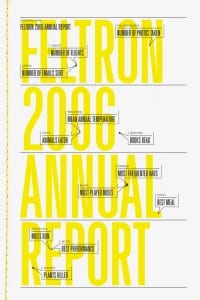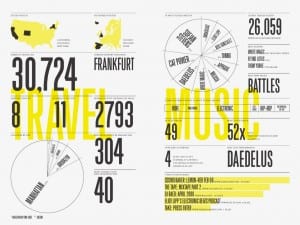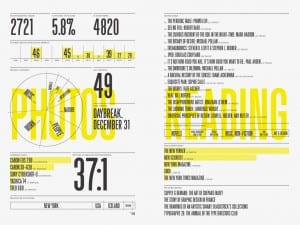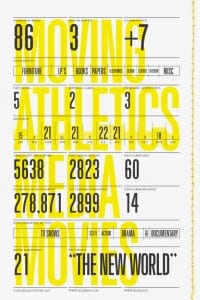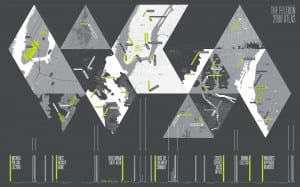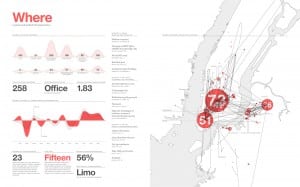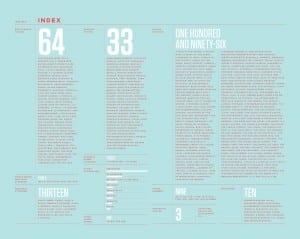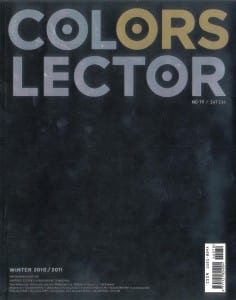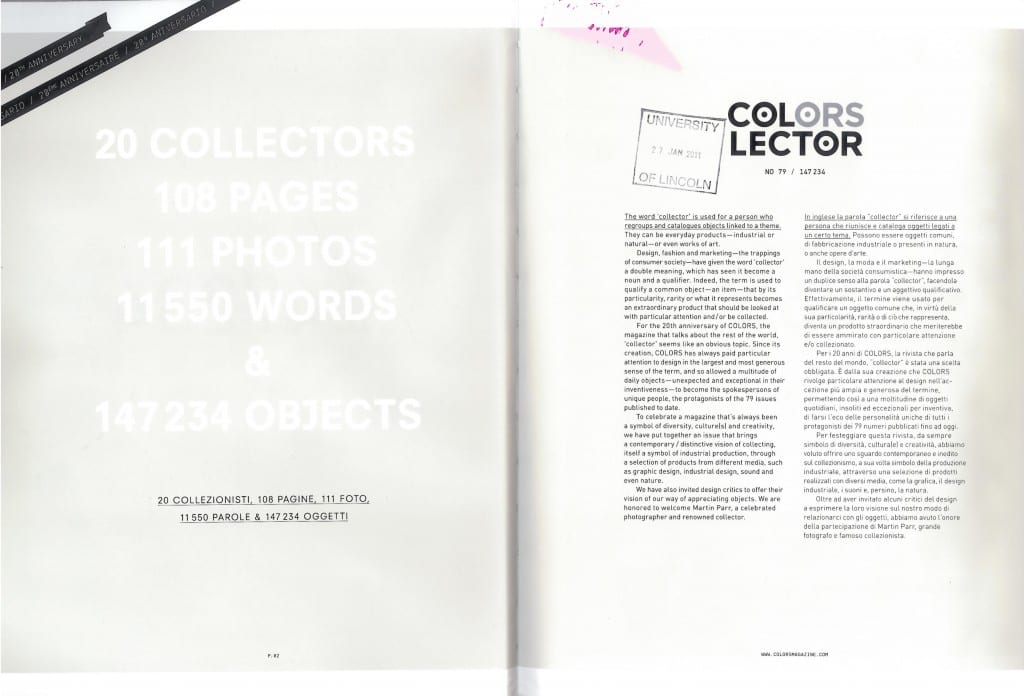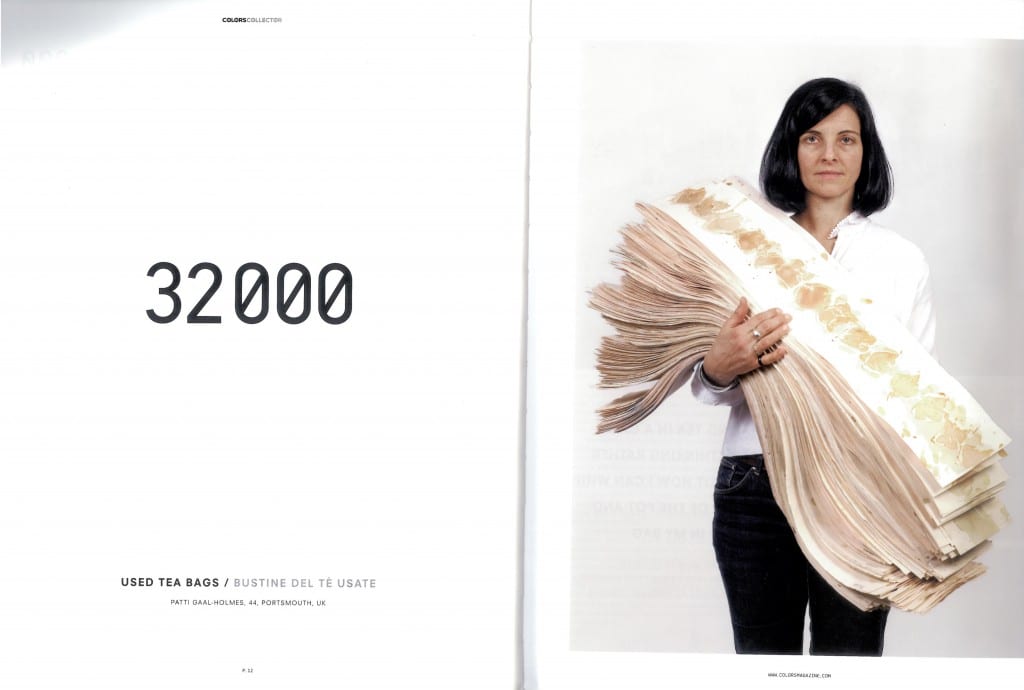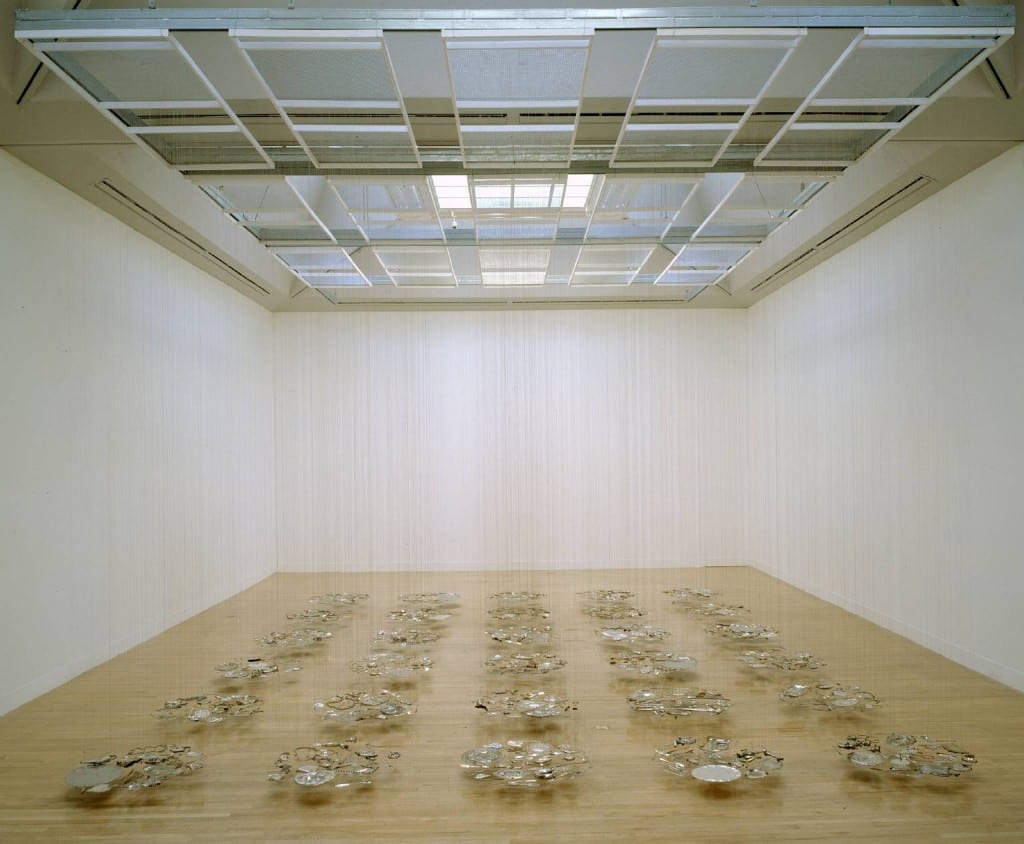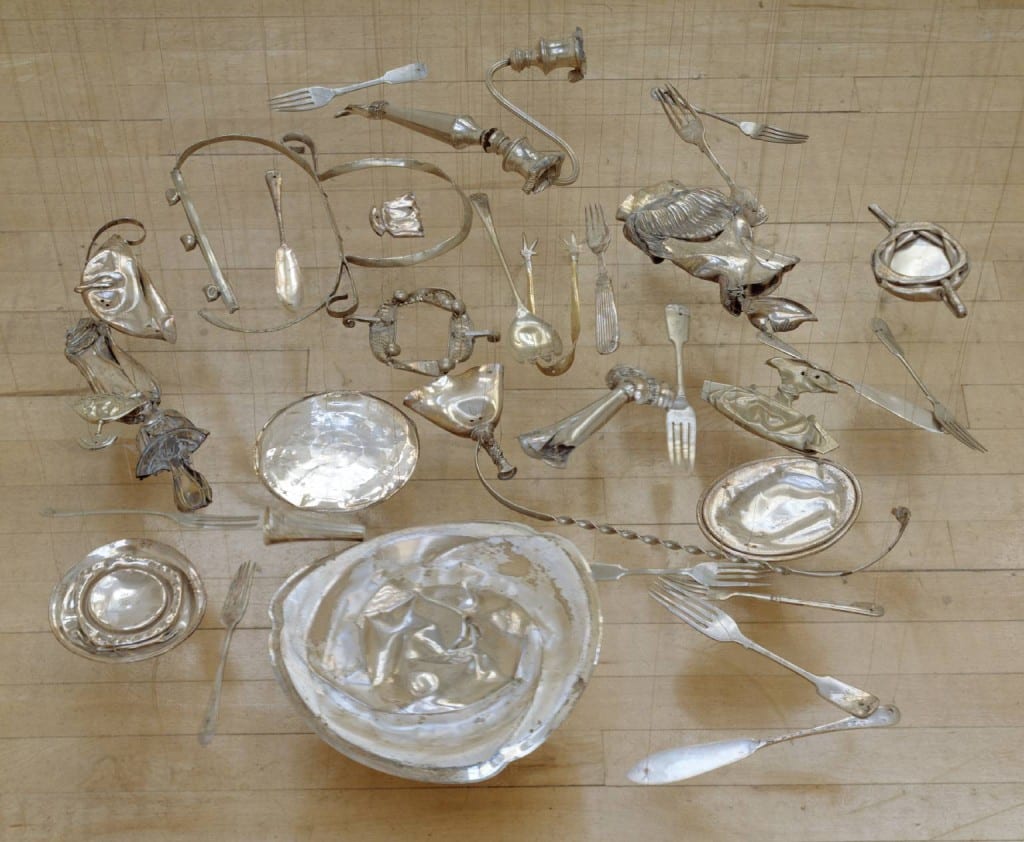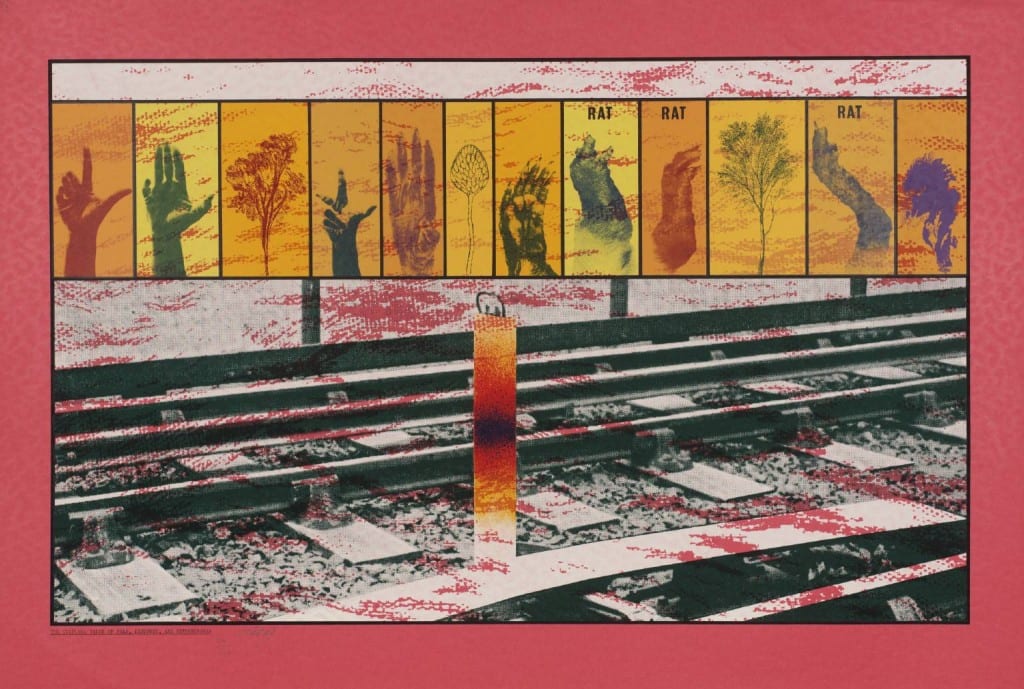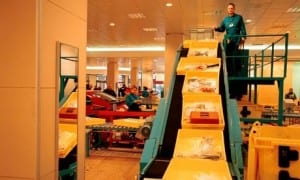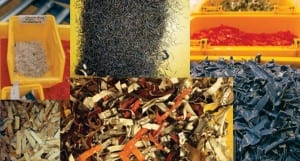Nicholas Felton thinks a lot about data, charts and daily routines and below are some examples of this in some of his ‘Personal Annual Reports’. Using data from all sorts of things he has done in that year he creates graphs, maps and statistics.
I want to ‘expose’ my life through a publication and this is a great example of the sort of thing I want to achieve, but with my own style to represent me, rather than being a bit cold, helping to get a feeling of who I am…
The sort of things Nicholas Felton lists in his reports were personal to his life and some were facts that related to everyone. Some were subjective feelings towards things and others were objective truths about his life…
Some of these give a glimpse into what sort of person Nicholas is like music, others like where he travelled don’t so much…
Topics included (more detail in back up work):
- Work
- Travel
- Music
- Photos
- Books
- Food and drink
- Films / TV
- Places
- Shopping
- Miscellany
2006:
2008:
2009:
2010:
From: http://feltron.com
ABOUT FELTON’S ANNUAL REPORTS…
FELTON ANNUAL REPORT 2012:
‘If you were to know your friends based upon the facts they reported alone, then you’d assume they ate nothing but Michelin-level dining, witnessed nothing but beautiful sunsets, and heard nothing but amusing one-liners on the train.
The latest Feltron Report, along with Reporter, make for a particularly fascinating counterpoint to the self-reported social media experience.’
– This article made me think how we select and expose what we WANT people to see, showing a picture that’s not necessarily who we are. Do your friends really know you? Do my friends really know me? Some things they will know but others they don’t. Felton exposes who he is even the mundane…
From: http://www.fastcodesign.com/1672108/nicholas-felton-unveils-his-latest-annual-report
‘Nicholas Felton spends much of his time thinking about data, charts, and our daily routines.
Felton: ‘There’s a universe of personal data around us. The thing I’m trying to do with my work is connect people with the footprints or data they create. I’m hoping, in some way, to liberate this data…” ‘
– Daily routines may seem boring but collecting the data and showing it helps us understand ourselves and who we are better… Liberating the real him. with facts.
From: http://thegreatdiscontent.com/nicholas-felton
He catalogued and collected information of the mundane moments of his life, from what was first curiosity.
it also him discover and monitor negatives in his life… (spend too much time on, think too highly of. Realise when you expose good and bads) What falls short of goals.
He said: ‘People became self-reflexive, wanting to track food they’ve eaten, travel locations…’etc
Mr. Felton says that all the data he collects seems mundane to some people, but might become the norm in the future.
– He encourages other to view their own lives realistically not just what we want people to see. What we show online isn’t real representation but this is… using introspection
He used self expression to beautifully present information about himself each year.
From: http://99percentinvisible.org/episode/episode-31-the-feltron-annual-report/
‘Feltron personal annual report’ 2005 – himself
Summarised year in document that appeared online
Intended for friends and family to get idea of where travelled, what listened to, eaten…
From: https://poptech.org/popcasts/nicholas_felton_tracing_our_lives
On Facebook you have lot of control over how you present yourself and how you are perceived…. (I don’t want to do that) We can approve pictures of ourselves etc. Lie about job etc, who you are to some extent…. The challenge to be ourselves today.
– I want to present myself realistically, almost a ‘profile’ in a document.
Investigate and interrogate and visualise myself/ info
Compile life/happens to you… summary of me/year
From: http://vimeo.com/70340564
